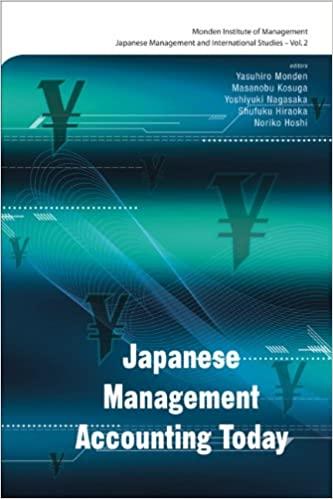
1. Consider a three player (infinite horizon) bargaining game which proceeds as follows. There is a unit pie to be shared. Player 1 starts by proposing a division(1-x2 X3, X2, X3) to players 2 and 3. Player 2 then says Yes or No, after which player 3 says Yes or No. If players 2 and 3 both accept, the pie is divided and the game ends. If not, play moves to the next round in which 2 proposes a division, and players 3 and 1 (in that order) sequentially say Yes or No. If agreement is not reached, we are in round 3 in which player 3 makes an offer and 1 and 2 sequentially say Yes or No. In the fourth round it is l's turn again to make an offer. And so on. Assume the players discount pay- offs at the same rate o per round. There is no discounting within a round. Specify clearly a subgame perfect equilibrium for this game in which the players use sym- metric strategies. That is, they behave similarly in similar situations. Explain clearly why the strategy you propose is indeed a subgame perfect equilibrium. 2 2. Suppose d = 0.9. Clearly specify (and justify) a Nash equilibrium in which player l's equilibrium payoff is 0.1, player 2's is 0.6 and player 3's is 0.3. 1. Consider a three player (infinite horizon) bargaining game which proceeds as follows. There is a unit pie to be shared. Player 1 starts by proposing a division(1-x2 X3, X2, X3) to players 2 and 3. Player 2 then says Yes or No, after which player 3 says Yes or No. If players 2 and 3 both accept, the pie is divided and the game ends. If not, play moves to the next round in which 2 proposes a division, and players 3 and 1 (in that order) sequentially say Yes or No. If agreement is not reached, we are in round 3 in which player 3 makes an offer and 1 and 2 sequentially say Yes or No. In the fourth round it is l's turn again to make an offer. And so on. Assume the players discount pay- offs at the same rate o per round. There is no discounting within a round. Specify clearly a subgame perfect equilibrium for this game in which the players use sym- metric strategies. That is, they behave similarly in similar situations. Explain clearly why the strategy you propose is indeed a subgame perfect equilibrium. 2 2. Suppose d = 0.9. Clearly specify (and justify) a Nash equilibrium in which player l's equilibrium payoff is 0.1, player 2's is 0.6 and player 3's is 0.3







